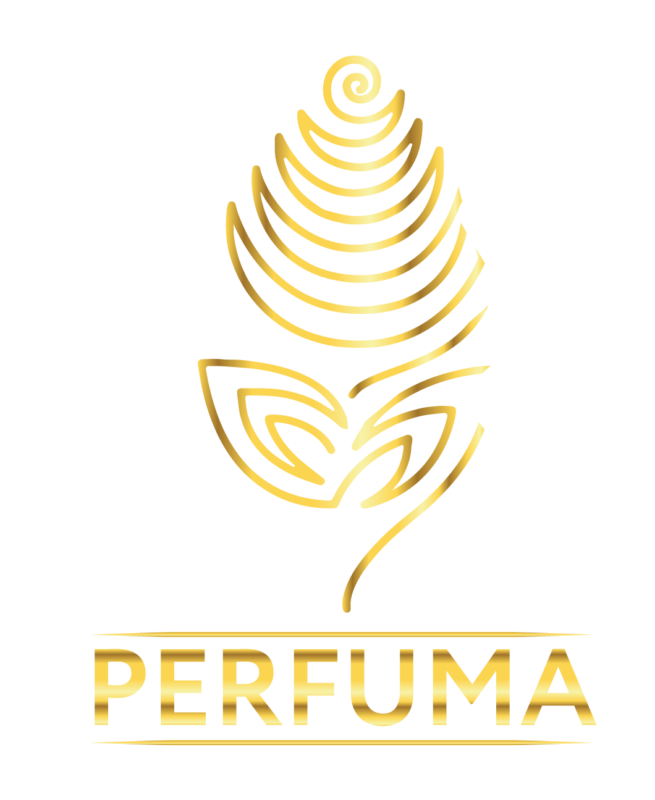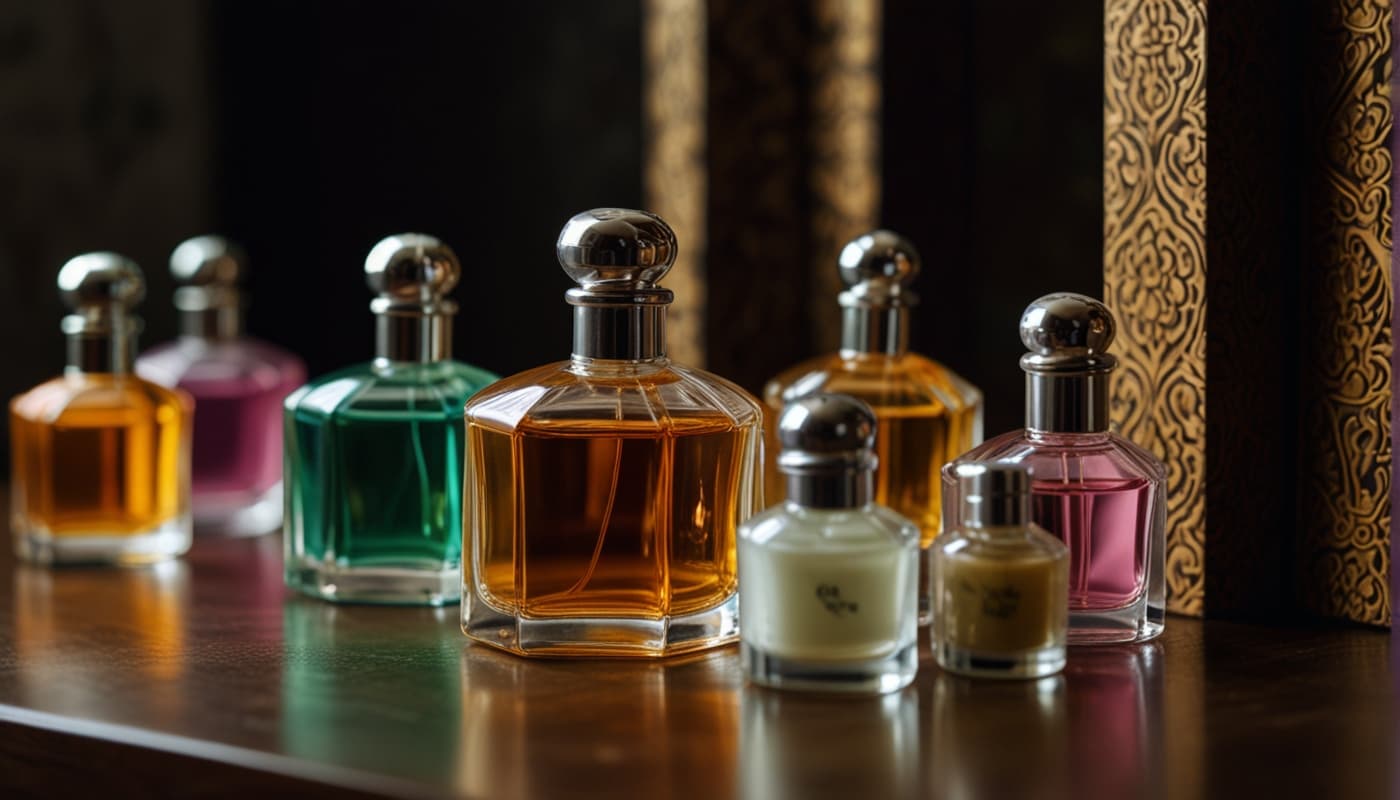article
Perfume as Part of Sri Lankan Cultural Identity
Perfume, in its essence, is more than just a fragrance; it is a powerful medium of expression, a subtle yet profound way of conveying heritage, and a marker of identity. In Sri Lanka, a country with a rich tapestry of history and culture, perfume plays a unique role in both daily life and ceremonial traditions. This article explores how perfume contributes to and reflects the cultural identity of Sri Lanka, examining its historical roots, traditional uses, and the contemporary resurgence in its artisanal form.
Historical Significance of Fragrance in Sri Lanka
The history of perfume in Sri Lanka is intertwined with the island’s history of spice trade. Known historically as Ceylon, Sri Lanka was a pivotal point on the ancient Spice Route, attracting traders from around the world due to its rich resources of cinnamon, cardamom, and other aromatic spices. These spices were not only valuable for their flavor but also for their fragrant properties. The use of these spices in traditional perfumery has been documented in ancient texts and local folklore, suggesting that the practice of creating and using scents has been an integral part of Sri Lankan culture for centuries.
Traditional Uses of Perfume
In Sri Lanka, the traditional use of perfume can be seen in various aspects of social and religious life. Fragrance is deeply embedded in Buddhist practices, which form a significant part of the country’s cultural and religious landscape. Incense, often made from local spices and resins, is burned in temples and during religious ceremonies, filling the air with a scent that is meant to purify the space and aid in meditation. Similarly, aromatic oils are used in Ayurveda, the ancient system of medicine that is still widely practiced in Sri Lanka. These oils, infused with local herbs and spices, are used not only for their therapeutic properties but also for their ability to influence mood and spiritual well-being.
During local festivals, flowers play a central role, both as decorations and as a source of natural perfume. The use of fragrant flowers like jasmine, frangipani, and lotus in garlands and offerings symbolizes purity, divine love, and respect. The natural scents of these flowers permeate public and private spaces, creating an olfactory experience that is uniquely Sri Lankan.
Contemporary Artisanal Perfume Industry
In recent years, there has been a revival and reinterpretation of traditional perfumery in Sri Lanka through the lens of contemporary artisanal practices. Local entrepreneurs and perfumers are turning to the island’s wealth of natural resources to craft unique fragrances that speak to both heritage and modernity. This new wave of artisanal perfumers is keen on capturing the essence of Sri Lankan identity in their creations, using locally sourced ingredients to develop scents that are both nostalgic and novel.
These modern perfumes are often designed to evoke specific elements of Sri Lankan culture, such as the smell of rain on the earth during the monsoon season, the aroma of fresh tea leaves from the hill country, or the complex scent profile of the local marketplaces. By bottling these experiences, artisanal perfumes offer both locals and tourists a sensory souvenir, a way to remember and celebrate the island’s diverse landscapes and traditions.
Challenges and Opportunities
While the artisanal perfume industry in Sri Lanka is growing, it faces challenges such as competition from international brands, the sustainability of natural resources, and the need for marketing and distribution channels that can reach a global audience. However, these challenges also present opportunities for innovation and collaboration. By partnering with local farmers, botanists, and artisans, perfumers can ensure the ethical sourcing of ingredients and contribute to the local economy.
“Perfume as Part of Sri Lankan Cultural Identity”



